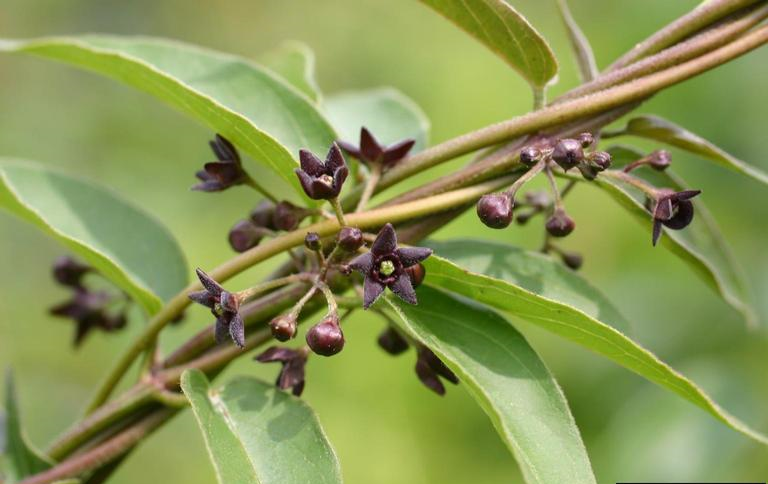More reader questions
When I asked Current readers recently to share their gardening questions, I received so many responses I wasn’t be able to fit them all in a single column. Here are more answers.
Q: As we go into fall planting, do you have suggestions for native bulbs?
A: I only knew of one — Canada lily (Lilium canadense) — so I turned for help to the Lady Bird Johnson Wildflower Center (wildflower.org). I stuck with true bulbs, although plants that grow from corms and rhizomes could be planted or divided in the fall, as well. Try Turk’s cap lily (Lilium superbum), wood lily (Lilium philadelphicum), Michigan lily (Lilium michiganese), or yellow-trout lily (Erythronium americanum). Each is a delicate and vibrant lily that will be sure to liven up your landscape.
Q: What do Betula “Heritage” and “Dura Heat” need to be healthy and happy?
A: These cultivars of the river birch have been bred to be more tolerant of hot, dry summers and common pests, which is a positive as our climate changes. River birch thrives in neutral or low pH soil that doesn’t dry out. It won’t do well in full shade.
Q: Have you heard anything about haskap (Lonicera caerulea)? I was in Nova Scotia and it was all the rage.
A: The shrub, also called honeyberry, is part of the honeysuckle family and native to Eurasia. It likes peaty, moist soil and I’ve read its berries taste similar to blueberries. Depending on your location and microclimate, some winters it might not get enough freezing days to fruit. It’s not self-pollinating so it would take at least two bushes to get berries. That all sounds good, but according to a risk assessment by the International Society for Horticultural Science, it has the potential to be an invasive species here.
Q: Black and pale swallow-wort seems to be taking over. What can be done about it?
A: The black (Cynanchum louiseae) and pale (Cynanchum rossicum) swallow-wort vine have similar leaves but are different species. They spread rapidly through prolific seed production and dispersion and rhizomes. Studies show that when either colonizes an area, it will lead to fewer native birds and plants. Monarch butterflies mistake it for milkweed and lay eggs but the larvae don’t survive.

Dig it up, bag it and remove it, because the pods can still mature and disperse on uprooted plants. Small patches can be kept from spreading by mowing before the seeds mature. Leave areas that have mature seeds alone to prevent spreading them around. Once swallow-wort is removed, plant a fast-growing native plant that’s suitable for the growing conditions in its place. For a sunny spot, consider black-eyed Susan (Rudbeckia hirta) or coneflower (Rudbeckia lacinata). For a shady spot, native ferns will grow in quickly.
Q: For years I’ve tried to grow grass on a portion of my lawn, but it never takes. I’ve used fresh soil, overseeded with sun and shade fescue, and plowed. I’ve done pH testing and found bare patches and lush ones with equivalent readings. Any suggestions?
A: The pH test will only tell you that the soil is within the range that allows roots to take up nutrients; it doesn’t reveal the nutrient level. You didn’t mention the soil composition, which is important for water retention and root health. Try planting a cover crop such as winter rye over the patch for the winter that can be worked into the soil in the spring. Then seed it again with an appropriate fescue. Or find a copy of Turfgrass Problems, Picture Clues and Management Options, a manual published by the Cornell Cooperative Extension. It has 210 pages of possible issues and management solutions.
Great questions! Let’s keep solving the challenges of gardening. Email [email protected].
